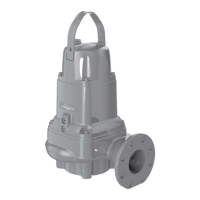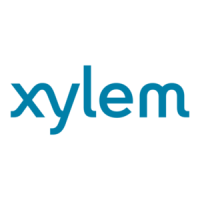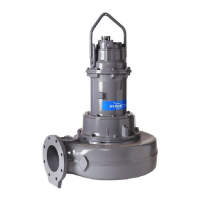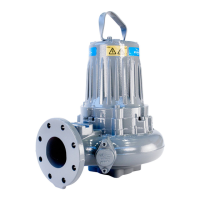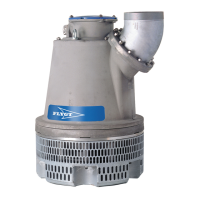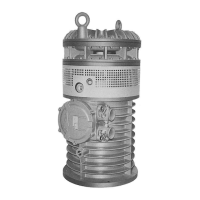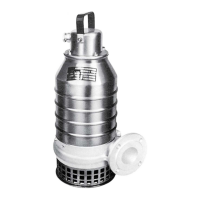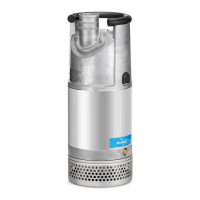What to do if Xylem Flygt Concertor 6020 Water Pump delivers too little or no water?
- DDiane WilliamsAug 3, 2025
If your Xylem Water Pump is not delivering enough water or no water at all, make sure that all valves are in the correct positions. Reset or replace any valves that are incorrectly set and verify they are installed correctly according to the media flow and open properly. Also, ensure that the impeller rotates freely. Clean the impeller and the sump. Check that the impeller is trimmed correctly. To ensure a free flow, clean the pipes. Find the leaks in pipes and joints and seal them. Replace the worn parts on the impeller, pump, and casing. Check that the level sensor is set correctly. Depending on the installation type, provide equipment for the pump priming, for example, a foot valve.
